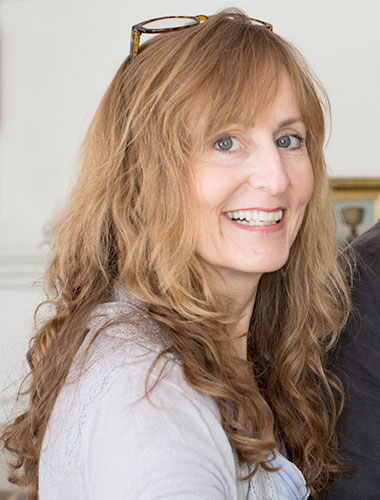Tamara graduated with a BFA degree and has been enjoying a successful career in commercial photography for the past 25 years.
She has been recognized commercially, garnering several awards such Communication Arts Award, International Photography Award, American Photography Award 29 and 30. Recently her pursuits for her personal project of the Southern vernacular, titled Southern Route, has been recognized by The Review Santa Fe 100, Photo Lucida 2012, 2013 Finalist List, featured on One One Thousand, Lenscratch, Southern Photography Blog, Bitter Southerner, Light Leaked, Oxford American-Eyes on the South and most recently featured on NYTimes Lens. A selection of the series was included in Art Beat of Columbus March 2014 and will be included in Currents 2014 : NOPA Members Showcase at the Ogden Museum of Southern Art.
Tamara is represented by RepGirl since 1999. She lives in Nashville, Tennessee.
This series is titled Southern Route and I have been working on it since 2011. The states traveled are all over the Southeast US from Virginia to Texas, Florida to Kentucky.
